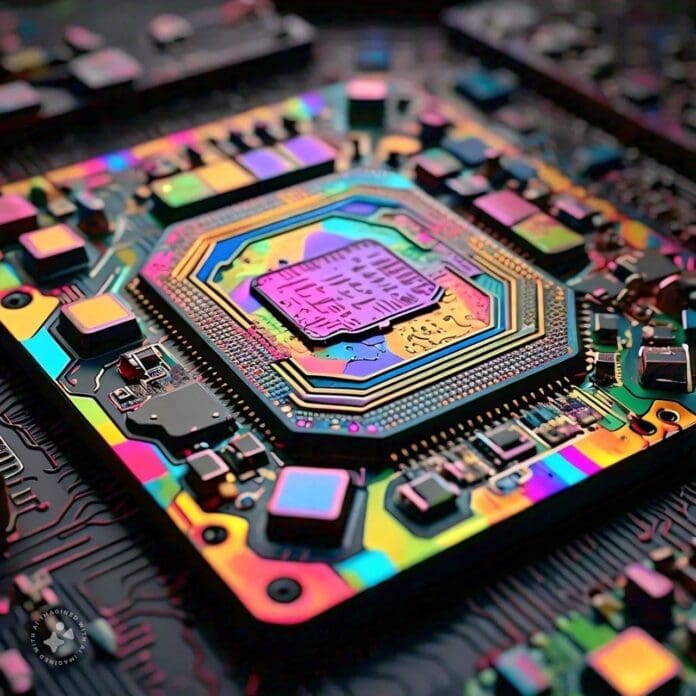India’s semiconductor industry, which once lagged behind global competitors, is now steadily gaining momentum. Although progress was initially slow, the country has recently crossed several key milestones. However, to sustain this momentum, broader efforts and strategic initiatives are essential for the future.
India’s semiconductor ambitions took shape through the India Semiconductor Mission (ISM), a ₹76,000 crore initiative launched in December 2021. In just under three years, five semiconductor projects have received approval for both central and state government incentives. These projects include four chip packaging plants and one chip fabrication unit, all currently under construction. These facilities are expected to become operational between 2025 and 2027, marking a major step forward for India’s semiconductor aspirations.
As the first phase of ISM nears completion, experts are urging the government to launch a second phase with a renewed focus on establishing global partnerships, developing an ecosystem for raw materials like chemicals and gases, and intensifying efforts to build a skilled workforce.
Micron, a major player in the global semiconductor industry, has already received approval for a $2.75 billion assembly, testing, marking, and packaging (ATMP) unit. This approval signals India’s growing presence on the semiconductor stage. Additionally, domestic heavyweights such as the Tata Group, Murugappa Group, and Kaynes Semicon have entered the sector with proposals for manufacturing and assembly units, further bolstering the nation’s semiconductor ecosystem.
According to Pankaj Mohindroo, Chairman of the India Cellular and Electronics Association, the involvement of Indian companies such as Tata Electronics, CG Power, and Kaynes Technology indicates that India’s semiconductor industry is now open for global business. “We have laid the foundation for semiconductor manufacturing. This is an excellent beginning, but it is just the first step of a long journey,” Mohindroo stated.
Nivruti Rai, Managing Director and CEO of Invest India, underscored the importance of forming joint ventures between global leaders and domestic firms to overcome the high capital costs and promote the transfer of technology. “India’s focus isn’t just on building fabs; it’s about creating a cost-competitive, robust ecosystem that supports innovation in areas like MEMS and sensors,” Rai said.
Rai also stressed the need to support local suppliers of key raw materials, such as chemicals and gases, to help them compete globally. “Providing adequate capital assistance is crucial for local suppliers to grow and meet international standards,” she added.
A skilled workforce is another critical factor for India’s semiconductor success. Ajit Manocha, President of the global semiconductor body SEMI, highlighted that India’s large, English-speaking population presents a unique opportunity to train a new generation of semiconductor professionals. Experts agree that workforce development programs, scholarships, and collaborations between industry, academia, and government are vital to closing the talent gap.
While India’s semiconductor journey has picked up speed, the road ahead is still long. The country’s progress so far provides a strong foundation, but continued efforts are needed to build a globally competitive semiconductor industry. By focusing on partnerships, workforce development, and local supply chains, India can ensure that its semiconductor ambitions turn into lasting success.


Recent Comments